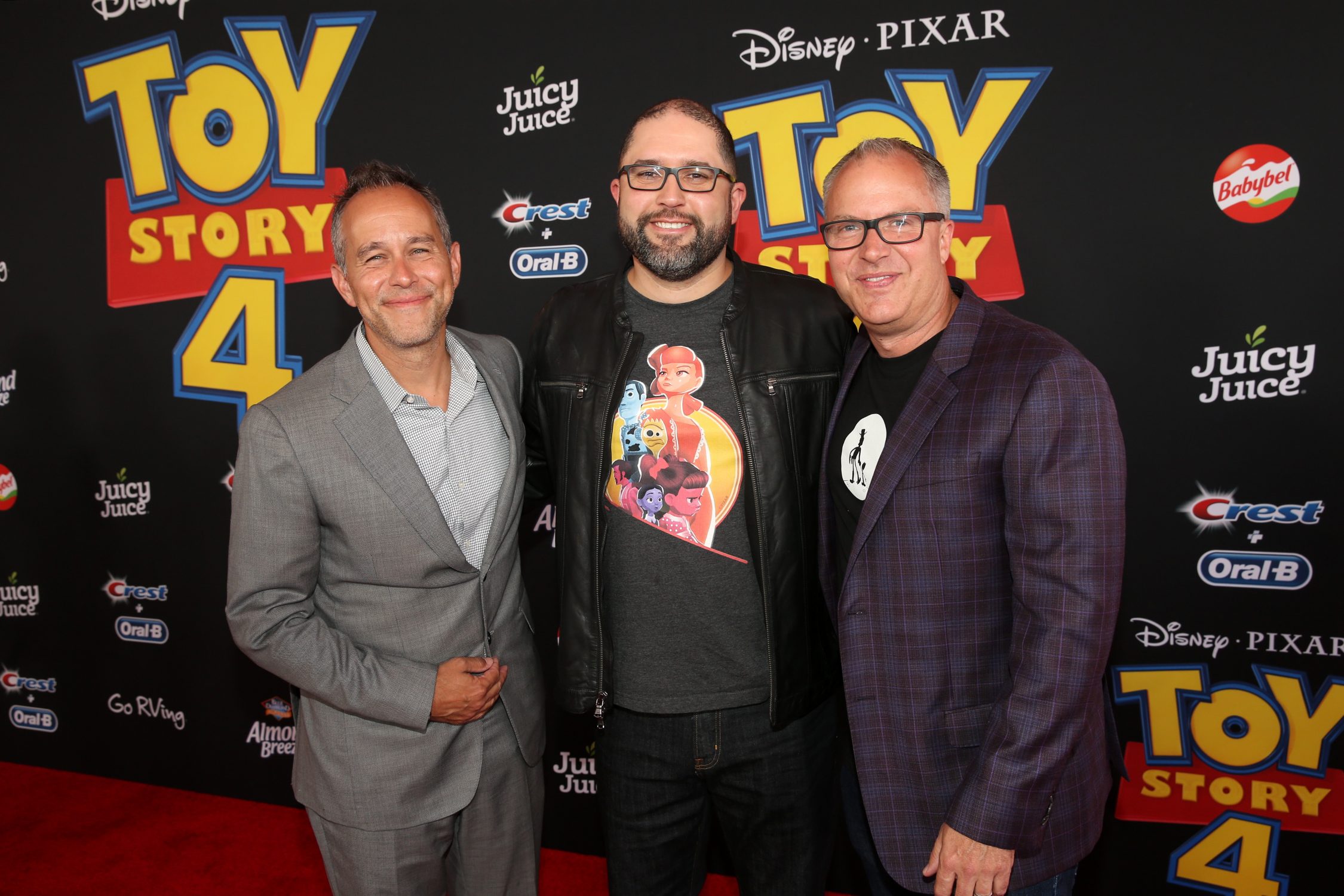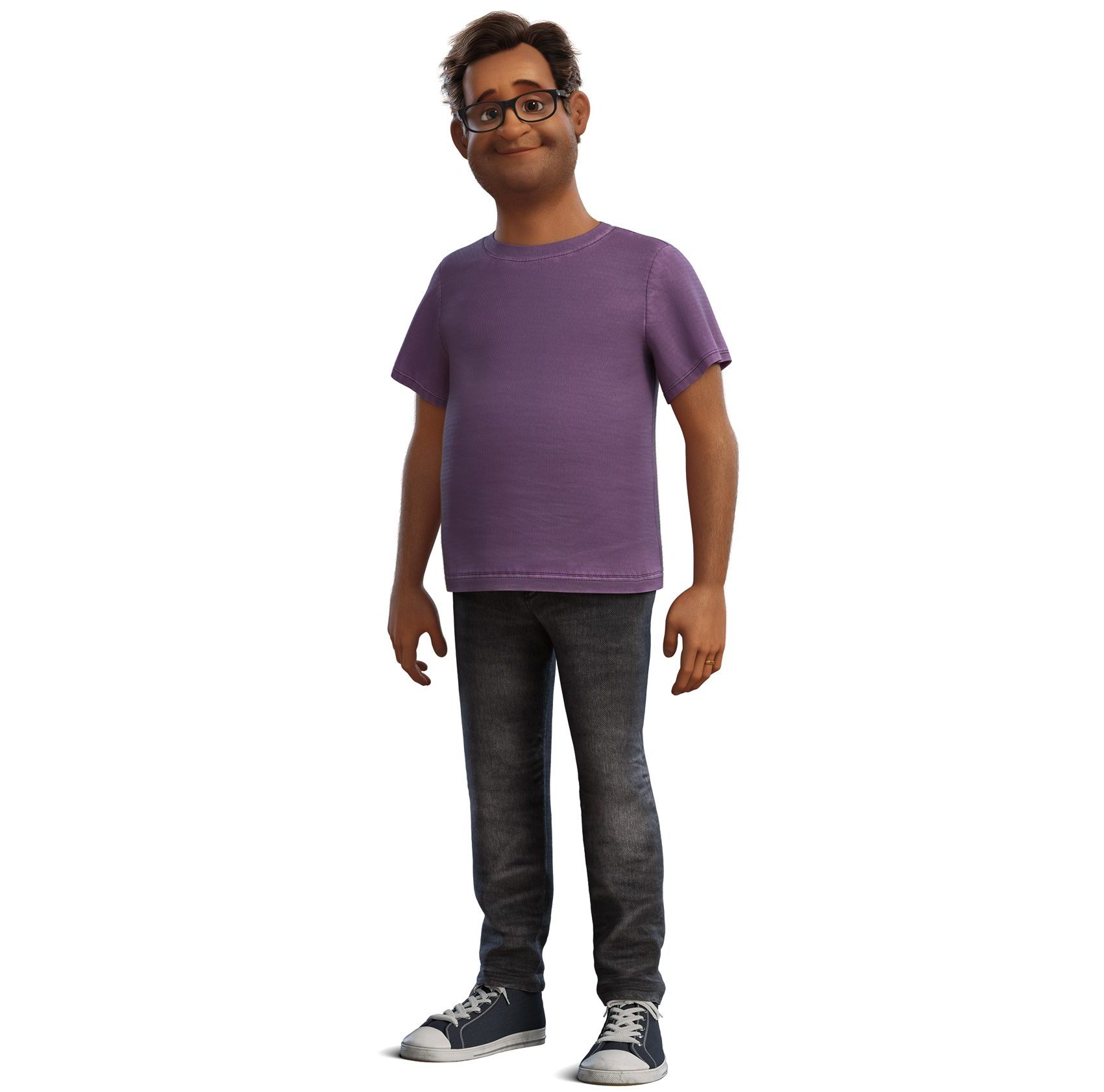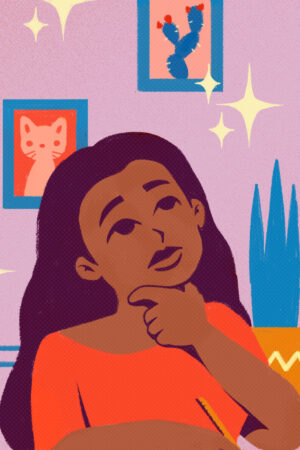As an integral member of the teams behind several of the most acclaimed animated features of the last decade, Mexican-American producer Jonas Rivera has found subtle ways to connect his work for Pixar — which earned him two Oscars — with his heritage. The most recent example of this personal touch appears in Toy Story 4.
Voiced by actor Jay Hernandez (star of CBS’s Magnum P.I.), Bonnie’s Dad, father to the young girl who inherits the toys from Andy in the franchise’s third installment, looks ethnically ambiguous, as does Bonnie herself. Their design, Rivera told Remezcla in a recent interview, was a subconscious nod to Latinos.
Although they never sat down to decide they wanted to have a multiracial family or a Latino father, Rivera believes the look of Bonnie’s Dad came from the creative interpretation of the character by his close friend and the film’s character designer Albert Lozano. “We never named him; he’s just Bonnie’s Dad. But in my mind, and since I know him well I feel I can speak for Albert, the character is a reflection of our families. Albert’s dad is Mexican American like my dad is. That’s how we see dads,” said Rivera.

For Rivera, Bonnie’s inconspicuous biracial experience represented the exact reality he grew up in. His father was the child of Mexican parents, while his mother was of English Canadian descent. “We thought Bonnie’s dad would be closer to that model of a family. I know a lot of families that way in California,” said Rivera, an Oakland native. “Albert leaned into that as we came up with this design.”
The connection was so indelible between the on-screen household and Rivera’s personal life, that his family felt Bonnie was directly related to them. “When we made Toy Story 3, all my family thought she was based on my sister Raquel because she looked liked her when she was really little, and now in [Toy Story 4], Bonnie sort of looks like my niece Carly.”
Still, when it came to casting the voice actor for Bonnie’s Dad, the fact that Hernandez, a Mexican-American actor, was hired to give life to him was serendipitous. Rivera explained that the casting director brought in a number of voice clips from actors who were chosen to fit the character description. It was an organic process since the team doesn’t know who the actors are or what they look like.

“We listened to him disembodied and [Jay] just sounded like the perfect dad,” said Rivera. “As a parent of three, the character is easy to relate to. He is the dad that’s always a little behind everything, and Jay was able to bring that in a truthful way. To be totally honest with you, it wasn’t like, ‘Let’s find a Latino actor;’ it was more like, ‘Let’s find the right guy,’ but when I saw who it was with [director] Josh Cooley and [producer] Mark Nielsen, that was a bonus for me. I thought it’d be great if we could also have more diversity.”
Although he was never taught Spanish since his father didn’t learn it himself for he grew up in the late ‘50s and ‘60s when assimilation had a stronger pull, Rivera always felt close to his Mexican identity, particularly to his grandfather, to whom he dedicated the animated feature Up. In fact, animators studied his grandfather as inspiration for Carl’s movements and behavior. And, the fact that the family in Pixar’s Coco is named Rivera represents a major source of pride for the producer. “Lee [Unkrich] never told me if he did that intentionally, but I tell everyone that he did because my dad’s name is Mike, so Miguel [in Spanish], so he is Miguel Rivera.”
Back in 1994, when Rivera started his career at Pixar, conversations around diversity and inclusion weren’t as loud as they are today, which he believes has only improved the stories being told and the talent telling them. “We make animated films about toys, monsters and superheroes, but really we want them to be relatable to everybody and one of the ways you do that is if your films are diverse, not only the characters in the films but the people making them.”







